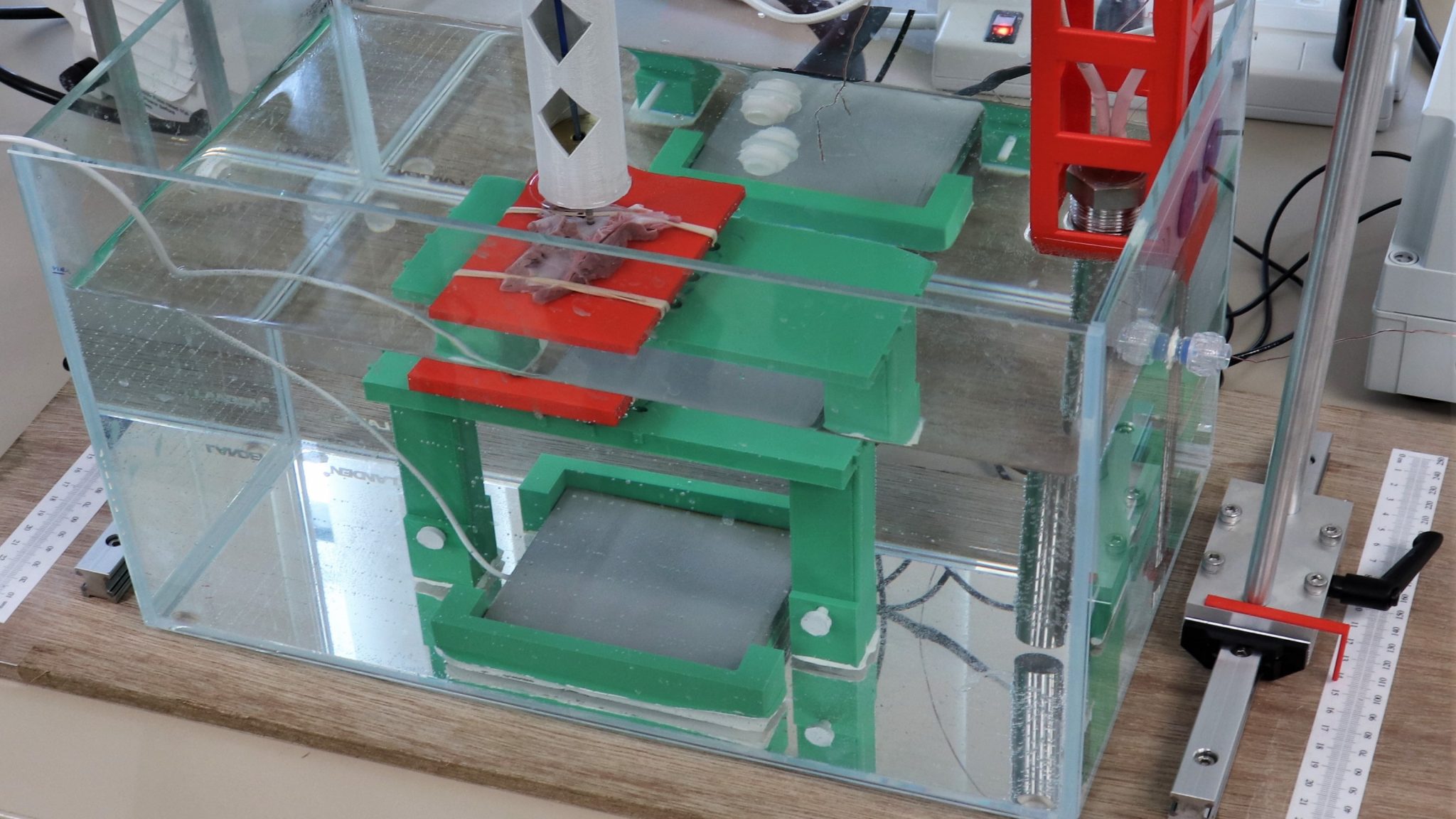Do “Insurance Lesions” Make Radiofrequency Ablation More Effective?

There is a common notion among electrophysiologists who perform RA that ablating an area more than once during the RA procedure creates a deeper, wider lesion that blocks unwanted electrical signals more effectively than a single lesion would. But the usefulness of these “insurance lesions” has never been systematically studied.
For this reason, Dr. Mehdi Razavi and his team at Texas Heart Institute’s Department of Electrophysiology Clinical Research and Innovations conducted a laboratory study comparing standard lesions and insurance lesions. They made these lesions in atrial and ventricular tissue taken from fresh pig hearts, using a few different preset levels of energy (30 or 50 Watts) and lengths of ablation time (between 5 and 50 seconds).
Arrhythmias—medical conditions that interfere with the normal rhythm of the heart—affect about 4 million Americans, and they range in seriousness from mild to life-threatening. For patients with arrhythmias that do not respond to treatment with drugs, ablation is an important treatment option. In this procedure, which is performed by a clinical electrophysiologist, a pattern of scars is made on the conductive surfaces of the heart, disrupting the pathways that allow the heart’s natural electrical signals to go to the wrong places at the wrong times.
A common form of ablation involves the use of radiofrequency energy: radio waves that heat up the tissue. In radiofrequency ablation (RA), this energy is used to make the scars, or lesions, that block the signals that cause arrhythmia.
Somewhat counterintuitively, the investigators found that for most combinations of time, power, and tissue type, insurance lesions were not deeper or wider than standard lesions. While the authors acknowledge that the conditions of their experiment were somewhat different from those of clinical RA (eg, these were not living hearts, so they did not beat, and they had no blood flow through them), the results nonetheless have potentially important implications for clinical practice.
“Given the risks associated with excessive ablation,” Dr. Razavi says, “our results suggest that clinical electrophysiologists should re-evaluate the practice of delivering insurance lesions with radiofrequency ablation.”
Read Full Report
A. Toloczko, S. Buchan, M. John, A. Post, and Razavi, M. (2022) Insurance lesions: Does a second lesion make a difference? J Cardiovasc Electrophysiol. DOI: 10.1111/jce.15497
Feature Image
Testing system used to study the effects of radiofrequency ablation on atrial and ventricular tissue.
News Story By Stephen N. Palmer, PhD, ELS

.svg)


